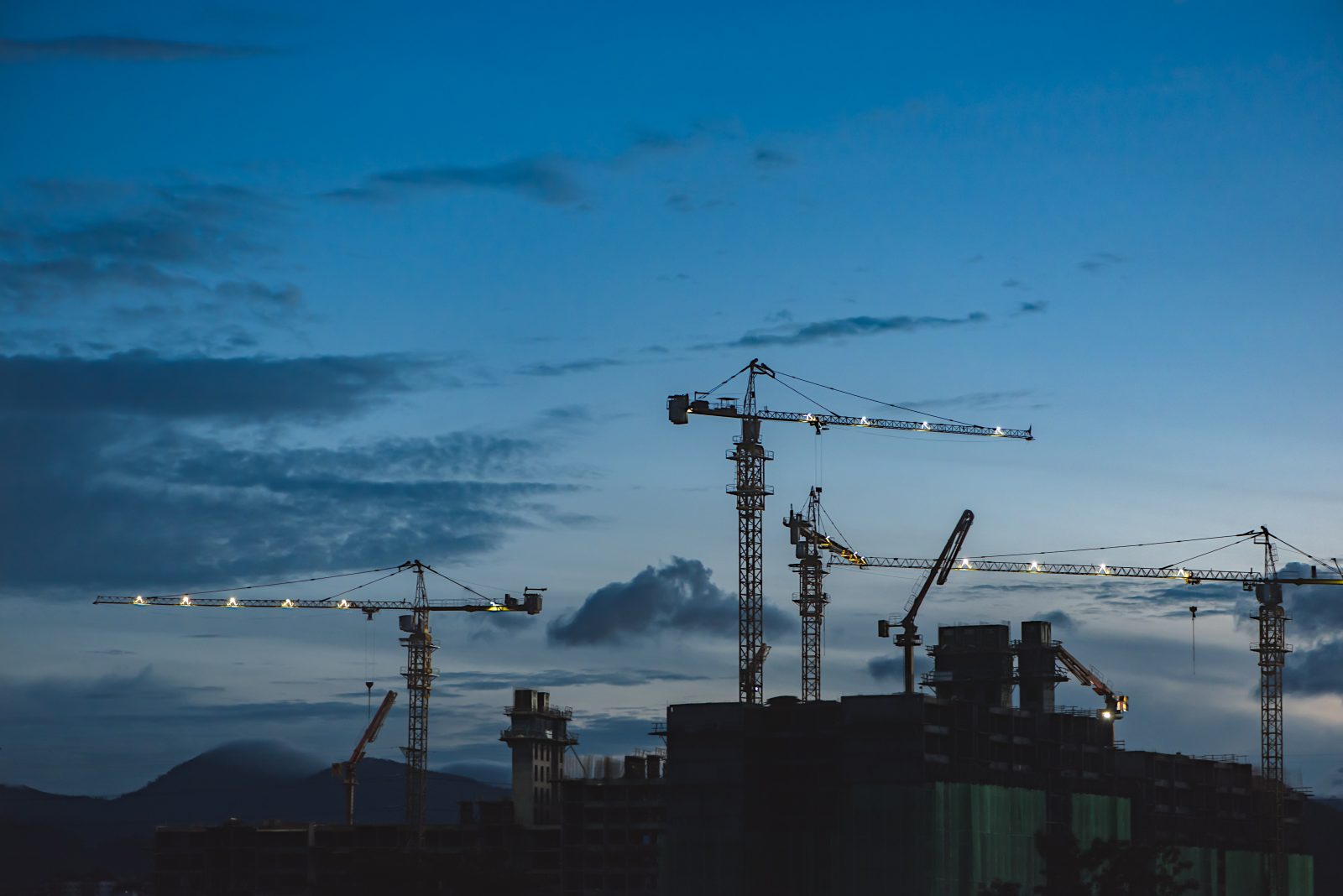Construction Trends Making Waves
Construction has, and always will be, at the forefront of creation. The construction industry, however, is very much a people-powered space. Which makes it even more interesting when new technologies, politics, and economics make and impact. The ebb and flow of money, legislations and more change the face yearly. There have been a number of trend predictions of late, and the interesting unknown topic explored by City Hire in a recent article.
So what other trends make an impact?
Digital Contractors
All manners of contractors are seeing that you need to adapt, or you may ultimately meet your demise. Cloud computing has become the vehicle for which businesses are using for operations worldwide. Upgrading the business management software systems is a must to stay up to date. Integrating cloud-based software means that the same data and project notes are available to all. Which leads to data-driven decisions.
Drone
Drones are a super cool thing when used to improve processes. In the next few years, it is likely that there will be a steep rise in the number of companies using drones. A growth of between $5-100 billion in the drone industry is predicted. They give a better overview of the site, and while the work is being done to give a clear picture of what is left and if timelines will be met.
Robotics
Combine with modular constructions, the use of automated smart machines and robotics are likely to lend their hand to improving speed and accuracy. And of course with increased speed comes reduced costs and less waste. All of which are beneficial to large and small construction sites. They can be used in almost all areas, from bricklaying, autonomous construction of equipment and 3D printing. Some manual processes are incredibly costing and time-consuming – robots trim the fat and make up for a decline in labour shortages.
Modular Construction
Pre-fabrication isn’t new, but the way it can be used is changing. More contractors are changing into design-build firms. So the modular construction allows them to build in a central location. With pre-fab building work and other foundation, work can be completed at the same time. Projects can be completed somewhere between 30-50% sooner, which is a huge reduction in costs. And in some cases, they can help side-step the weather delays. Dubai has a 3D office which is pretty impressive and has set goals to have 25% of their buildings built with 3D printing too.
BIM
BIM makes the most use of 3D modelling to make the planning and design streamlined. While they are already required of contractors in some countries, others are yet to implement it. Amazingly there are 4D and 5D BIM technologies in development. Combined with the use of augmented reality, it is possible to view an entire building or range of buildings without ever seeing the site itself or leaving the office. Which is ideal for the planning stages to be done with exact specifications and speed.
When technology and construction meet, the possibilities are endless, and the next ten years look bright and innovative.

